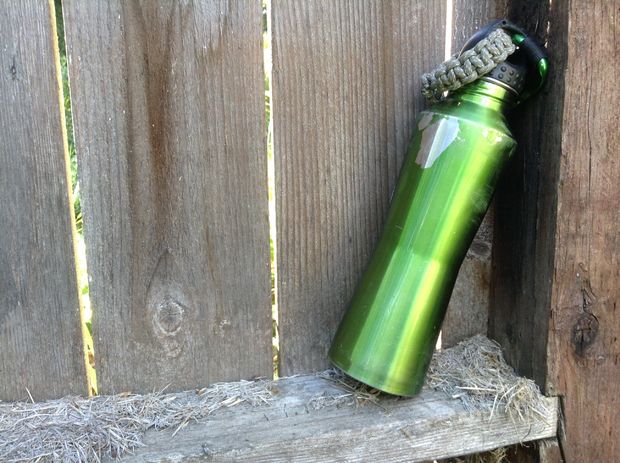Every survivalist has to have a basic list of critical gear that they bring with them any time they venture off the beaten path.
Your list of essentials can vary, but there are a few “must-haves” that without, your chances of surviving becomes much dicier.
As you gain more experience, you will begin to learn what does and doesn't work for you, and can adjust accordingly.
The number one most important thing I make sure to bring is a knife. They have so many uses in every day camp activities and life in general. If you find yourself in a survival situation, your chances of survival are infinitely increased with a knife. I always have a pocket knife on me for everyday use and camping.
Fixed blade knives are ideal. They are more durable and resilient than folding knives as they do not have mechanical movement. They are also better for cutting large objects such as branches. Folding knives are great for a backup and less demanding tasks.
Uses
– cutting rope
– creating weapons
– opening packages
– boredom relief
– creating fire starters (ie: bow drill)
– building emergency shelters (cutting branches, cutting tarp, etc)
– cutting cloth for bandages (if you don't have a first aid kit)
– cutting bandages
– so much more; you discover many more uses through experienceKnife maintenance
– If your knife becomes dirty during use, be sure to clean if off before you put it in your pocket. Ideally you would use a damp towel or rag, but if that is not readily available, I wipe it off on my pant leg. Never leave your knife wet as it may rust.
– Before I leave for a camping trip, I always check to make sure my knife is sharp. This will keep you safe during usage as you will not have to apply extra force in order to cut things. Dull tools are dangerous!
– Be sure that your knife blade is not loose (if it is a folding knife). Folding knives can loosen over time, and this dangerous. If your knife becomes loose, there should be a screw which attaches your blade to the knife housing. Just tighten this screw.
General safety
– Don't cut toward yourself
– Make sure people are out of your “blood circle”. This is the area within range of your knife in hand while your arm is extended.
Rope is also useful for camping, especially if you find yourself in a survival situation.
I prefer 550 parachute cord. It's lightweight, strong, and takes up little space. I am always wearing a paracord bracelet and usually bring an extra one camping, in addition to a large length of unused paracord. My extra bracelet has a side release buckle which makes it easy to attach to a strap on my pack.
One neat property of 550 paracord is how it lengthens when wet. This is useful when you need a tight hold on something. Get it wet, then secure the object. When the cord dries, it will tighten. This is great for making grips on walking sticks and fixed bladed knives.
Uses
– hoisting food to keep away from wildlife
– building emergency shelter
– making splint for broken bones
– lashing poles
– tent repair
– climbing
– attaching gear to pack
– fishing line
– trap for hunting
– many more
I like this addition to the paracord bracelet, it adds some “stitching” with smaller cord. This smaller cord can be used for traps. The more cord the better!Yes, touque is funny, but I have grown fond of the word. It is a word commonly used by Canadians instead of beanie.
No matter what the weather is, I always bring a touque. Touques will keep your body warm at night, it is always cold at night. Warmth is very important. Your body can focus it's energy on keeping your body moving and your brain functioning fully instead of generating heat.
I've been using this flaming hat for years, I really like it!
othing to explain here. Without water you die. I have a carabiner hooked on mine so I can attach it to my pack.
Don't buy those weird canvas water, eh, sacks. They are easily punctured.
I recently purchased a Camalbak which is nice, but not ideal when on a backpacking trip because you can not fit all of your gear in them. However, Camelbaks (or similar hydration systems) are great for day hikes.
Ideally, anyone venturing into the wilderness never has to use their basic survival gear unless they are practicing or want to test them out.
Sometimes, however, the best laid plans of even the most hardy survivalist go awry and you find yourself having to revert to the basics just to make it through the night and eventually out alive.
To see more tips on vital survival essentials, go visit Instructables.
